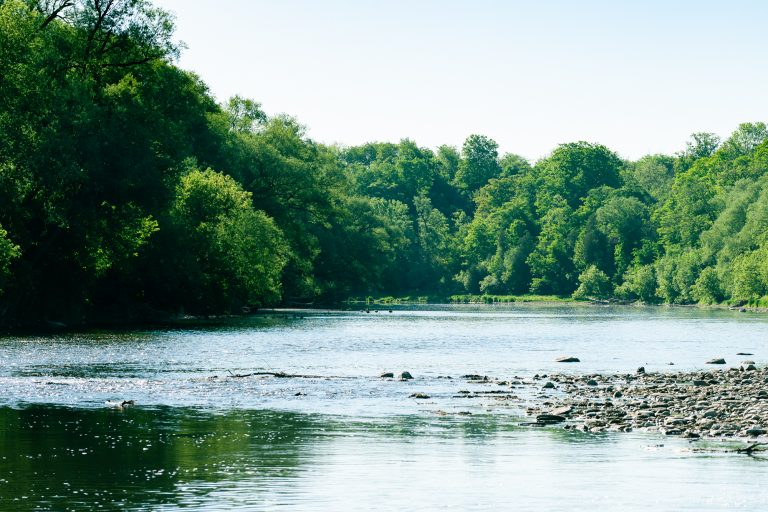Nov. 1, 2021 marks the beginning of the fifth annual Treaties Recognition Week in Canada, which was created in 2016 in response to the Truth and Reconciliation Commission Calls to Action. It promotes an understanding of treaties themselves as well as their histories and contexts.
For me, part of Treaty Recognition Week is recognizing one’s own relationship with local treaties. Here in Kitchener-Waterloo, we are situated on The Haldimand Tract, a section of land from a 1784 proclamation that promised six miles on either side of the Grand River to the Six Nations of the Grand River.
As a Jewish-Scottish-Irish settler who was raised on Treaty One and Treaty Three territories and who currently lives on the Haldimand Tract, I must acknowledge the responsibility that comes with being a treaty person. As poet Armand Ruffo Says, “In Canada, we are all treaty people,” And so, it is my responsibility to learn about these treaties and the way I came to participate in them.
In my case, as a settler, I represent the Crown and their unfulfilled treaty promises. How did I enter into this agreement? It begins with my family’s immigration to Canada in the early 1900s.
For many, this self-identification can get complex as many Canadians’ ancestors, like my own, come from diverse places and cultures. Furthermore, the way in which these cultures interact with the first inhabitants of this land has varied greatly.
For me, looking into some of the history and traditions surrounding the Treaties (especially the ones in regions where I have lived) has been helpful. For example, Anishinaabe-Métis legal scholar Aimée Craft describes some of the core issues with Treaty One, “With respect to property law, the Anishinaabe dictated that the land was never to be bought or sold, never acquired or surrendered, but only shared. The Anishinaabe did not surrender their land in the Treaty One negotiations. It was not in their power to do so, as they did not own it.”
For me, understanding this requires some learning as well as some internal work. I find myself needing to ask questions about property and land ownership.
What do I believe?
What did my ancestors believe?
What does my culture believe?
What does Western culture believe?
What does modern Canada believe?
Personally, I agree with the Anishinabe signatories. I cannot understand how land can be the property of people. Land is to be shared, not owned, not exploited. In the Jewish tradition too, all land belongs to God.
One treaty that has always been inspiring to me is the Two Row Wampum Belt, which was created in the early 1600s between the Haudenosaunee and the Dutch. According to Onondaga Nation’s website, “the belt has two purple rows running alongside each other representing two boats. One boat is the canoe with the Haudenosaunee way of life, laws, and people. The other is the Dutch ship with their laws, religion, and people in it. The boats will travel side by side down the river of life. Each nation will respect the ways of each other and will not interfere with the other. Together we will travel in Friendship and in Peace Forever; as long as the grass is green, as long as the water runs downhill, as long as the sun rises in the East and sets in the West, and as long as our Mother Earth will last.”
Thinking about the Two Row Treaty, I feel compelled to uphold the part of the settler, to not interfere with the path of other Nations. Another interesting observation to the Two Row is made by Susan Hill and Leroy Little Bear (among others) who note the significance of the rows of white beads in the belt. These rows symbolize the path between the vessels. This was to be a “constant of respect, trust and friendship. Some might say this is what kept the two vessels apart, but in fact, it is what kept them connected to each other.”
This idea of the “shared river” between the boats connects to a foundational reason for the existence of treaties: to bind distinct people together in a trust of mutual respect. This treaty helps me to feel that I’m not alone on this ‘river of life’ and that myself and my ancestors were and remain signatories to these wonderful terms.
I’d say it’s due time we respected them.

